|
Hamelia patens, commonly known as Firebush, Texas Firebush, and Hummingbird bush, is a wonderful addition to the garden. In our area, it usually dies to the ground at the first or second hard freeze and is one of the first to pop back up in spring. However, after the historic deep freeze of 2021, it did not return that year, nor did it show up this past spring, 2022. There wasn't a single shoot that we could see. But I didn't replace it. I just couldn't accept that it had succumbed. You can imagine how glad I was when, late this past June, I saw signs of life. Yes! It needed some time, but it's every bit as tough as I've always believed it to be.
We've grown them for years. In our last garden -- the big one -- we had a few of them. It was one of the "giant plants" that I decided I just didn't have room for in our new, small garden. But I missed it and felt as though I was cheating the hummingbirds. Of course, I ended up planting one. Hummers absolutely love it. Bees and butterflies like it, too. This is a heat-loving plant and drought-tolerant. But with regular watering and in our heat, Firebush easily grows as tall as me (5'2"), sometimes even taller. This one hasn't grown to its original proportions yet, but there's still time. It will probably bloom at least until Christmas. When it beds down for its fairly short winter nap, I may or may not front its spot with pretty little annuals. And I will hope that it returns stronger than ever come spring. :) Happy Gardening!
0 Comments
Chives! Gotta love 'em. Pictured above are garlic chives, allium tuberosum. The Latin name for onion chives is allium schoenoprasum. Both have medicinal and culinary qualities and are great in the garden.
Members of the allium family, which includes onions, leeks, and scallions, chives add a more delicate garlic or onion flavor to foods. They are good raw or cooked. We add ours to salads, soups, and omelettes as a matter of course. Chives are high in vitamin K, which is good for the bones. They contain folate and choline, which aid memory and mood. They also have vitamins A and C as well as certain compounds known to help fight cancer. In other words, in addition to tasting good, they're good for your health. And I love having them in the garden. I've lined beds with them. Since they grow in clumps, they are good at holding soil together. Moreover, they deter aphids and moles and are deer resistant. They're evergreen and have pretty flowers. What more could you ask of one small plant? But there is more! They are easy to grow. They prefer sun, but will do just fine in partial shade. While they prefer slightly moist soil, they can withstand a dry spell. And they are economical. I am not what anyone would call thrifty where my garden is concerned -- although I admire the ability to be able to do that. But I've divided chives at bedding plant size -- to plant them in my garden -- with great results. And, of course, since I've grown them for years and years, I've divided large clumps plenty of times. Oh -- I almost forgot -- the flowers are edible, too! Lately -- during these very hot days -- there's been even more activity than usual in the hedge. I love it! At dusk, it's always full of birds. But it was a nice surprise to see this little sparrow taking a break on the branch of a loquat tree one stifling afternoon. And it made me realize that I need to share more photos of the wild in our little garden. The hedge is very important to the birds.
Hope your week is going well and your garden, thriving. :) Lavender -- I love it. Not all lavenders can withstand the humid conditions of southeast Texas, but some varieties will do just fine given the right soil and aeration. Moreover, Texans seem to love the herb and have been tweaking cultivars that do better here.
But the one in the photo above, French Lavender, Lavandula dentata, is a classic. Native to the Mediterranean, it prefers light soil and to dry out a bit between waterings. Since ancient times, lavender has been considered a medicinal herb. Lavender oil has anti-bacterial properties and has been used to treat acne as well as burns, wounds, and insect bites In a tea, it can have a mild, sedative effect, aiding sleep, and it also aids digestion. It's a perfect after-dinner or bedtime tea. It can be used in both fresh and dried forms. Fresh mint and lavender flowers are a refreshing combination. It's used in cooking, too, and is one of the ingredients of Herbes de Provence. All parts of lavender are ingestible. And, of course, it's a favorite for potpourri, sachets, and dried arrangements. Personally, I love it best in the garden. As I've mentioned before, fragrance is very important to me. It's one of my favorite things about herbs. Asclepias curassavica, Tropical Butterfly Weed -- woe is me. So...when we first left our acreage and moved onto this teeny, tiny lot, I was more than a little disheartened. I couldn't abandon gardening altogether (anymore than I could stop writing), but I didn't try as hard. When I saw this butterfly weed at one of my favorite nurseries, I didn't stop to think, "Native? Non-native?" I assumed that since that particular nursery was selling it and I'd had it in my previous garden (having purchased it from the same nursery), it was native. Not. I recently learned that it's not! I can't even find a definitive answer to where exactly it originated, so we'll just go with "the tropics". It's not a complete disaster. I only have it at the very end of our western hedge because it can get weedy and seems to be under control there. It's a host plant for monarch butterflies and is popular with other pollinators. Hummingbirds even seem to like it. It does well in hot climates. In areas of mild winters, like southeast Texas, it does too well. That's the problem. Its flowers encourage monarchs to remain in the area beyond migration time. They usually won't survive the winter. Furthermore, the plant tends to harbor the parasite Ophryocytis elektroscirrha (OE), whose primary host is the monarch butterfly. When it fails to die back in winter, concentrations of OE increase to dangerous levels for the butterflies. Doom? Ugh! According to various, trusted sources (that I've been chasing frantically), it's not all bad. Houston Audobon The National Wildlife Federation It is a host plant for monarchs. It's just not as safe as native milkweeds are. I can either pull it completely or controlling the problem by pruning it down to the ground twice a year. I've been doing that, anyway, because I knew about OE even without realizing or recalling that the plant isn't native. And since native milkweed is hard to find in nurseries, I ordered some seeds today. I love seeing butterflies in our garden -- the more, the merrier. If the native milkweed takes off, I'll probably pull the rest. Until then, I'll control it. Decision made. In the northern hemisphere, it's hot in August. It is what it is. It might be one of my least favorite months in the garden, but make no mistake. I'm very grateful for both the time and the garden. The above photo is of one side of our short, eastern hedge. Facing west, it's in full sun most of the day. You can imagine that in 100 degree weather with high humidity, it takes special plants indeed to not only survive but thrive. One of those plants is Butterfly Bush, also known as Butterfly Clerodendrum. Native to eastern Africa, its botanical name seems to be rapidly evolving. It's gone from Clerodendrum ugandense to Clerodendrum myricoides 'Ugandense' to Rotheca myricoides in a little over 100 years. Since there are other plants called "Butterfly Bush", I prefer the common name "Butterfly Clerodendrum. But both are fitting names. Not only does it attract pollinators such as bees and butterflies, the flowers look like small, adorable butterflies. Isn't that sweet? Our Butterfly Clerodendrum is taller than me - probably about 7' high and 3' wide. I must say, it's the tallest one I've ever seen. I'm used to seeing them around four or five feet tall. It would be wider if it had room and shorter if I'd gotten around to pruning it sooner. I'm not going to do anything drastic right now, though. It's just too hot. While all of the eastern hedge is persevering, it does not need the challenge of extra stress.
Tough as it is, Butterfly Clerodendrum does have a few simple requirements. While it's fine with full sun, it does better with a little shade, especially in summer. It's not completely drought tolerant, but only requires average watering. And while it prefers a loamy soil, it is willing to negotiate. It will bloom until the first frost. In a very mild winter, it might remain evergreen, but it usually dies to the ground and pops back up in spring. From past experience, I have reason to expect our plant to be covered in small, butterfly-like blooms this autumn. You should get one. :) Happy Gardening! Hello, August. Dukes up!
I did not mean to boycott the garden this year. I really didn't. But I had a rude bout with Covid and then got super busy, so it was sort of left on its own for a month, give or take. Things are getting big out there. The weeds would take over -- they're making some headway -- but so far perennials that I've planted prevail. That's without any help from this gardener and that's saying something. The tomato plants have ceased production. I've always pulled them in the past, but they've remained healthy this year, so I might try to give them a severe but careful pruning and see what happens. I say "try" because, well, who knows what might happen. On the other hand, peppers that have received enough water are producing a lot. Those that have received sparse watering, not so much. As I mentioned, I haven't been working in the garden and our sprinkler system still needs improvement. Not everything is getting enough water. But for the most part, there's abundant growth out there. Hooray? Yikes? Both! Since I'm not doing my traditional, intentional boycott (July through September), I do hope to get out there soon to tidy things up. It's hot, humid, and buggy, but I still love it. Plumbago auriculata, commonly known as Blue Plumbago, Cape Plumbago, and Leadwort, is just beginning to bloom along my mini-hedgerow. Its clusters of blue flowers are a magnet for pollinators, especially butterflies.
The hedge is a work in progress. a comfortable, working mix of native and well-adapted, non-native plants. Cape Plumbago is native to South Africa and a prize performer in hot weather. It's a lovely, mild-mannered perennial that grows about four feet tall and, if left on its own, four or five feet wide. It thrives in full sun, even at the height of summer, and only requires a little supplemental watering during dry spells. Soil-type isn't an issue, it's pest-free, and deer-resistant. It might bloom straight through a mild winter. Depending upon location and how well-established the plant is, it may or may not die to the ground during a freeze. But it returns in spring. There's a white variety, too. It's gorgeous. I'm suddenly wondering why I don't have one? More soon! Happy Gardening! :) Rosemary -- Salvia Rosmarinus -- was moved into my favorite botanical genus just a few years ago. For a few hundred years, it was its own genus and the rosemary we know and love was Rosmarinus officinalis. While there had been debates through the years that it really did belong to the Salvia family, no one was willing to make the change. But in 2018, citing all sorts of scientific information, especially from DNA analysis, proponents for the move won out. For rosemary-lovers, it doesn't really matter. For saliva-lovers like myself, it just adds to the attraction. A Mediterranean herb beloved around the world, Salvia rosmarinus is a versatile herb. Renowned for both its fragrance and flavor, it only makes things better. Personally, I love it in the garden. Brushing up against it while weeding or sometimes simply passing close by, I am assailed by its lovely aroma. And of course, when cooking I add it to everything that I can. I just snip a couple of stems and stuff them inside poultry cavities, drop them into soups and stews, lay them atop fish... It adds unmistakable flavor to any dish and the house smells so good whenever rosemary is involved. It also makes a wonderful tea. It works as a digestive. A few days ago, I brewed a tea of rosemary, basil, and bay leaves. It might sound strange, but I wanted to experiment. I'm glad I did. It was a deliciously fragrant tea -- equally good hot or cold. And there are more uses for rosemary. It's an important ingredient in aromatherapy, appreciated for clearing the head. Its fragrance lends itself well to sachets, potpourri, and fire-starter bundles.
Culturally, rosemary has been an important garden plant since ancient times. Romans and Greeks cultivated it. For centuries it has been associated with the Virgin Mary. A close friend of mine from Croatia has told me that in her country, rosemary indicates welcome and is used in religious processions. It is because of her that I have one in a pot near our front door. It's easy to grow, by the way, simply requiring plenty of sun and no over-watering. While it doesn't like wet or even damp feet, it doesn't care about humidity. As a matter of fact, the name rosmarinus comes from the Latin words ros, meaning dew, and marinus, meaning sea. In other words, "sea-dew" or "dew of the sea", which surely indicates it can handle humidity. And have I mentioned that it smells really good? I absolutely love our Sweet Bay tree -- Laurus nobilis. A member of the Lauraceae family and native to the Mediterranean, it has been widely adapted, it has been used as a culinary herb for over a millenium. Here in southeast Texas, it gets big. We planted this one almost eight years ago, when we first moved to this property. It was a baby, about a foot tall, and we've cut it in half twice because of the power lines overhead. My husband has tried to shape it several times, too. Personally, I don't mind its shrubby-ness as I can harvest the leaves more easily.
It fronts our northern or golf course hedge. It might seem pretentious to name the areas of our small garden, but I don't care (which surely indicates pretention is not part of the plan). It's easier for me to refer to the different areas, whatever the size, and personalizes the space. We love the aromatic leaves in the garden. We also enjoy them in soups, gumbos, with roasts, and for tea. I brewed a lovely tea with sweet bay and rosemary leaves just yesterday. It smelled and tasted so good. But that's for an herbal chat, not a hedge one. For a pest-free plant that grows quickly, is undemanding, and tolerates most any type of pruning, Laurus nobilis is hard to beat. I'm pleased to have it along my mini-hedgerow. |
Our GardenFor years, my husband and I worked at creating a series of gardens on our four-acre lot in a rural, Texas subdivision west of Houston. I have to say, it was a fantastic experience. Now, I have a pocket garden on a golf course. Archives
March 2024
Categories
All
NewsletterFrom me to you with a smile. Thank you!You have successfully joined our subscriber list. |
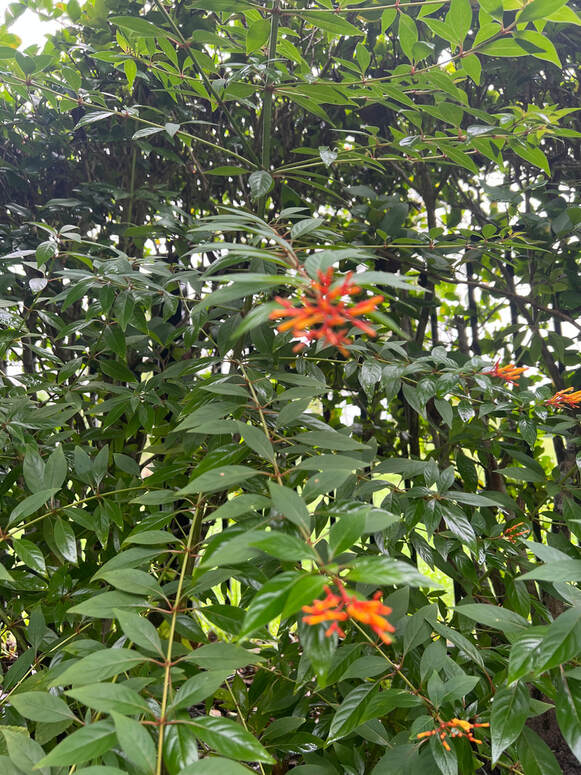
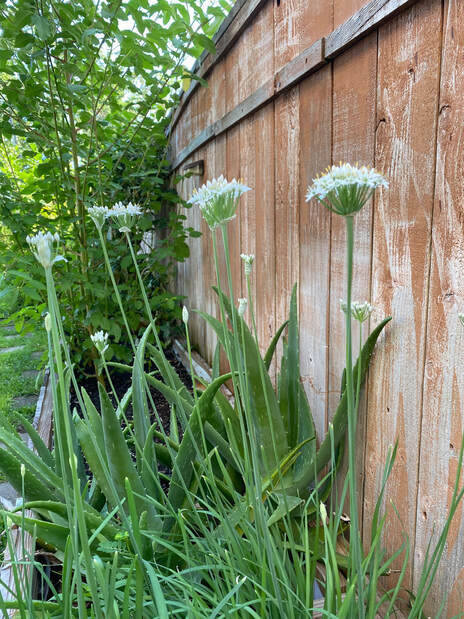
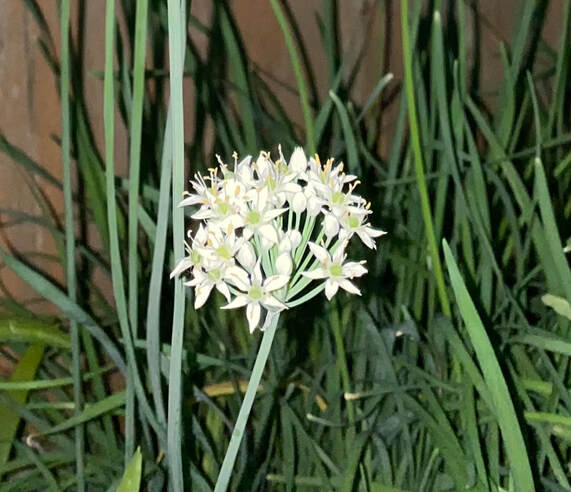
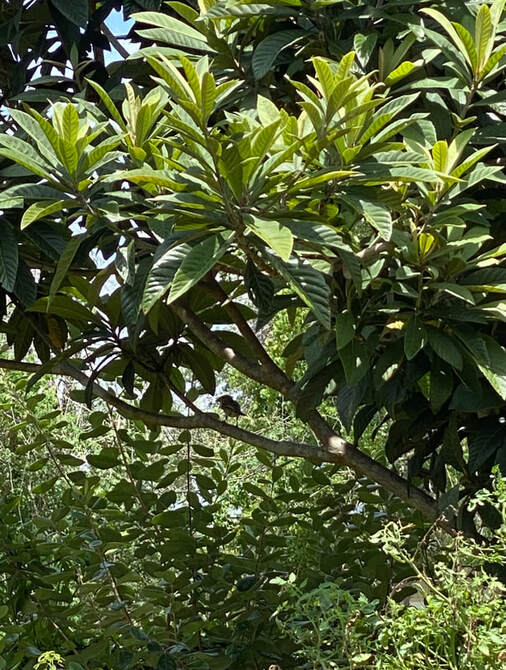
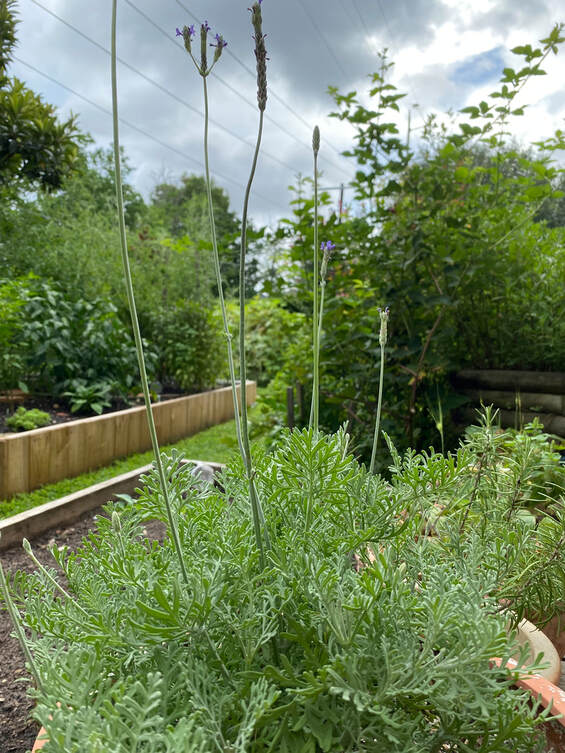
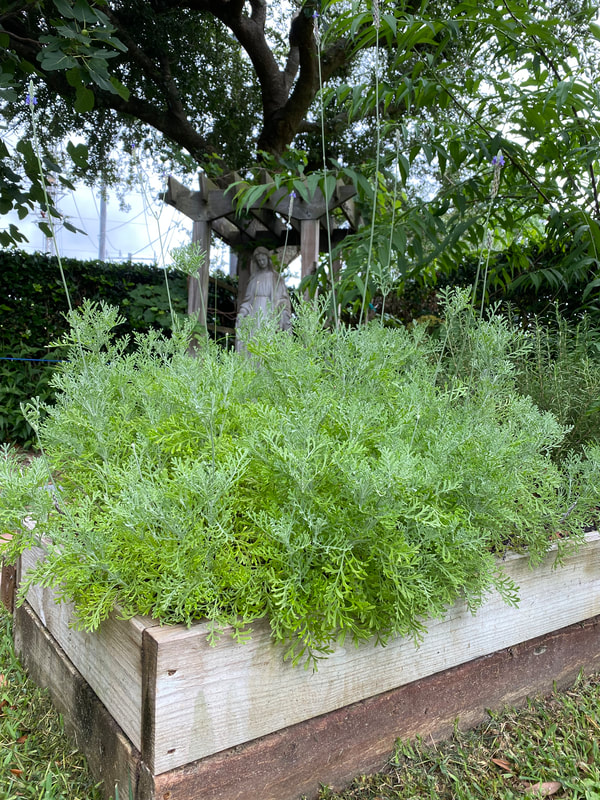
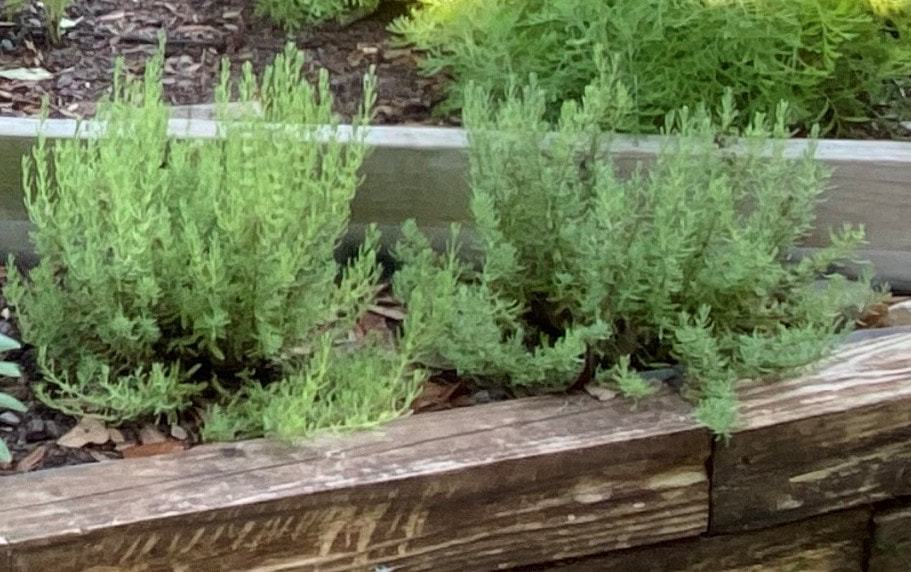
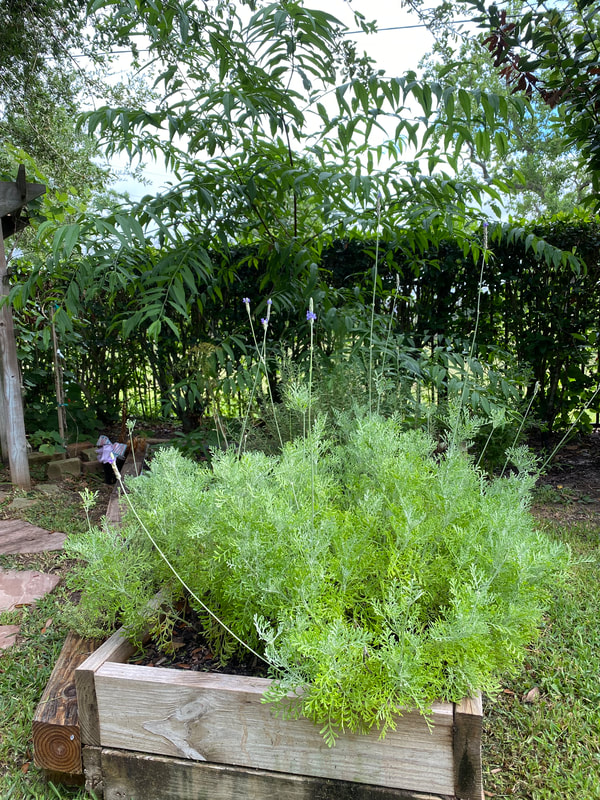
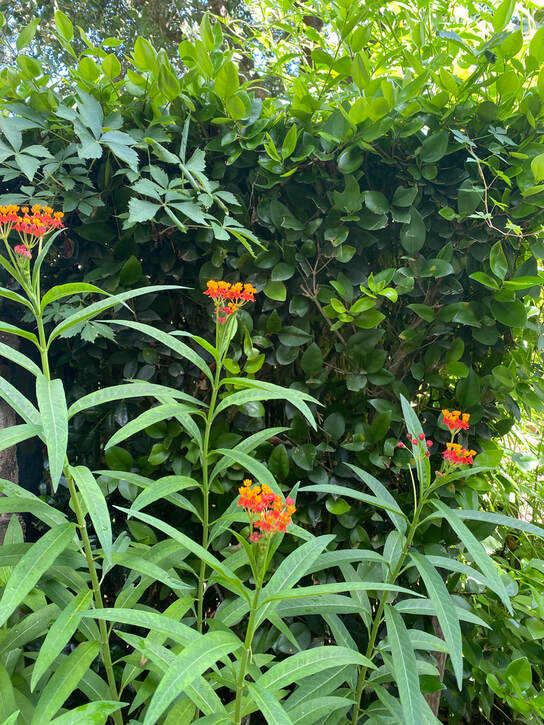
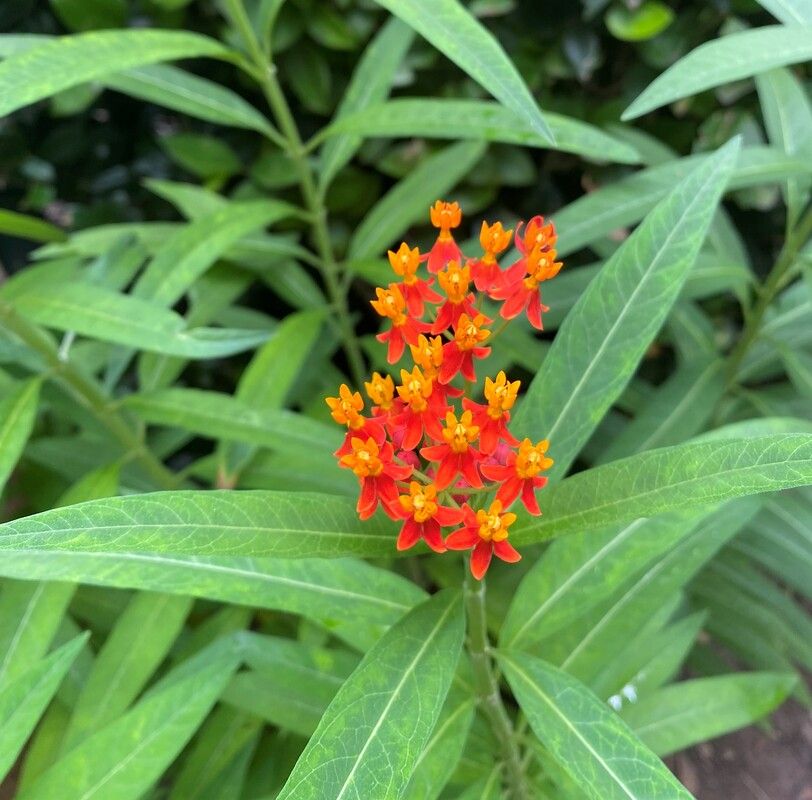
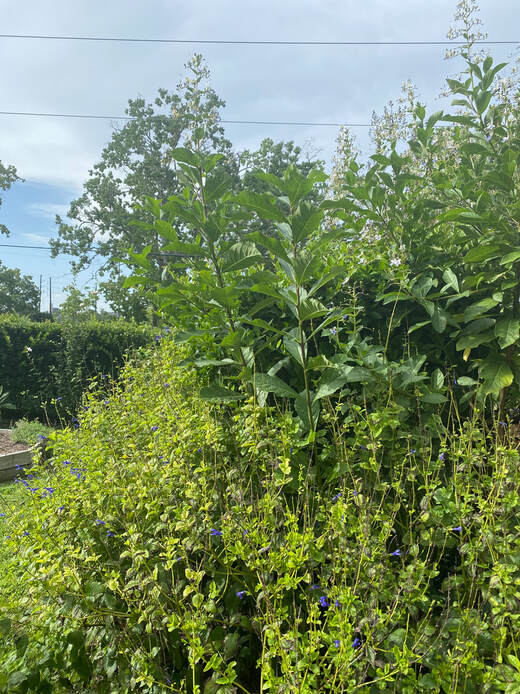
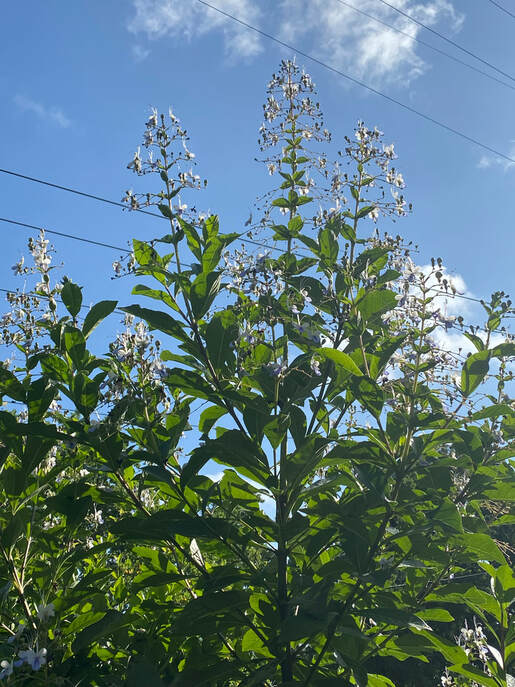
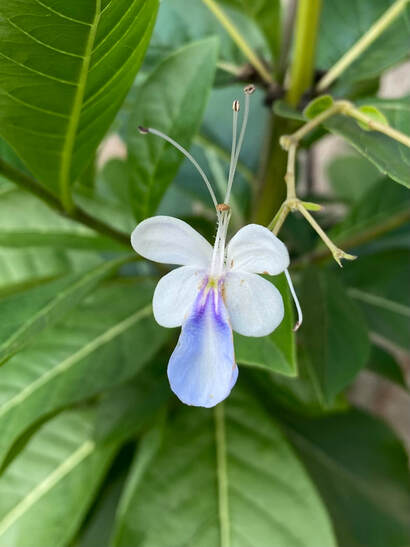
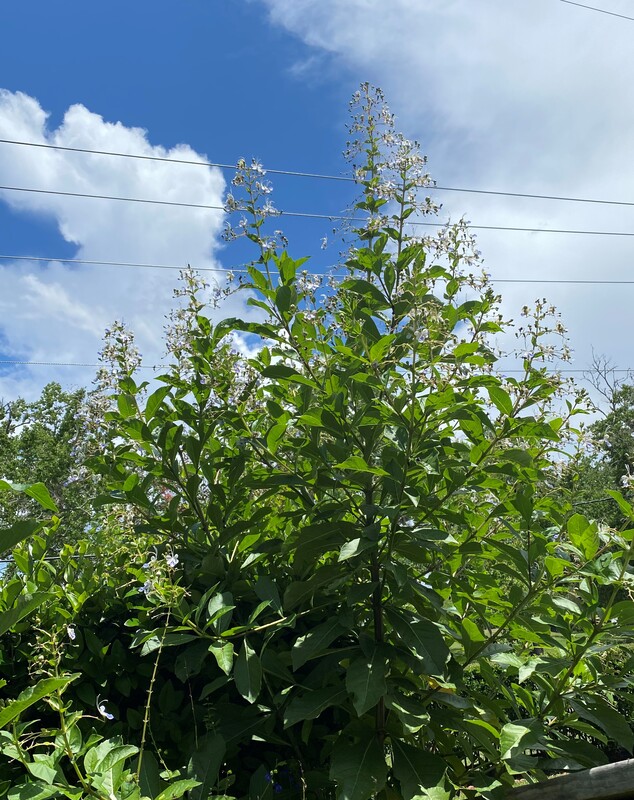
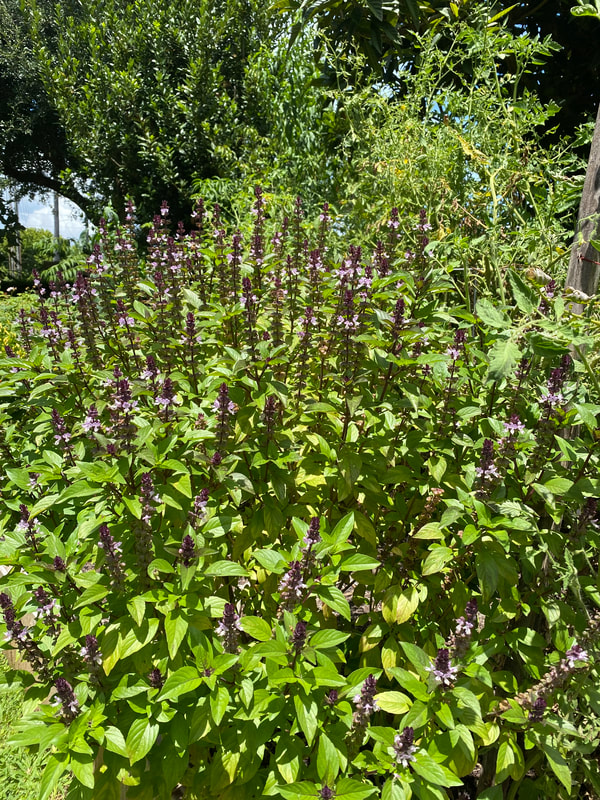
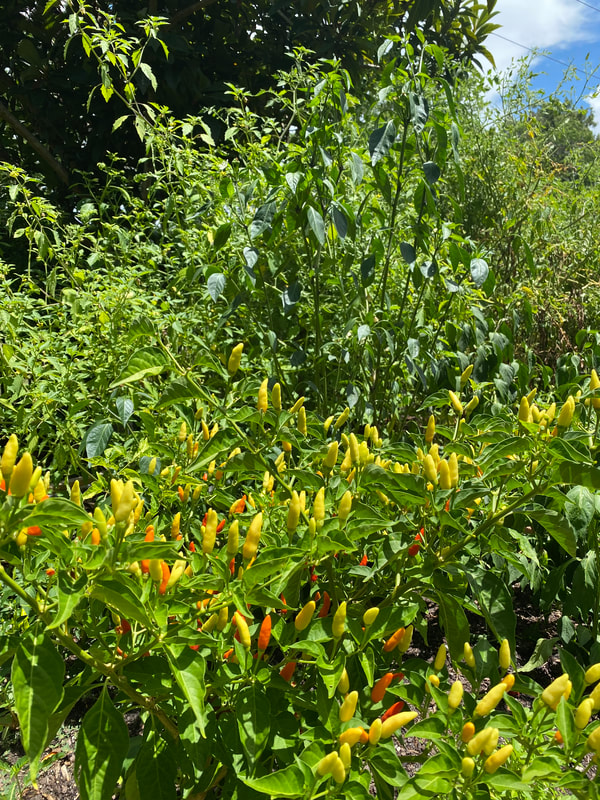
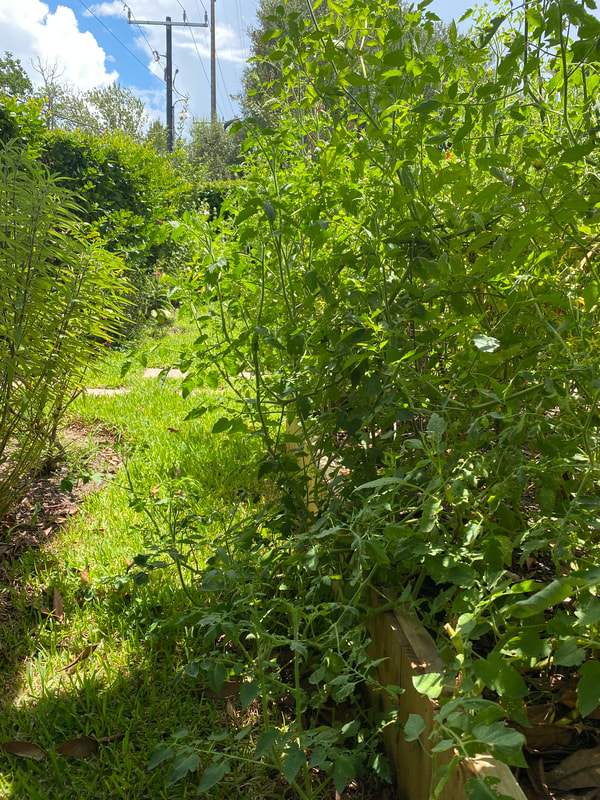
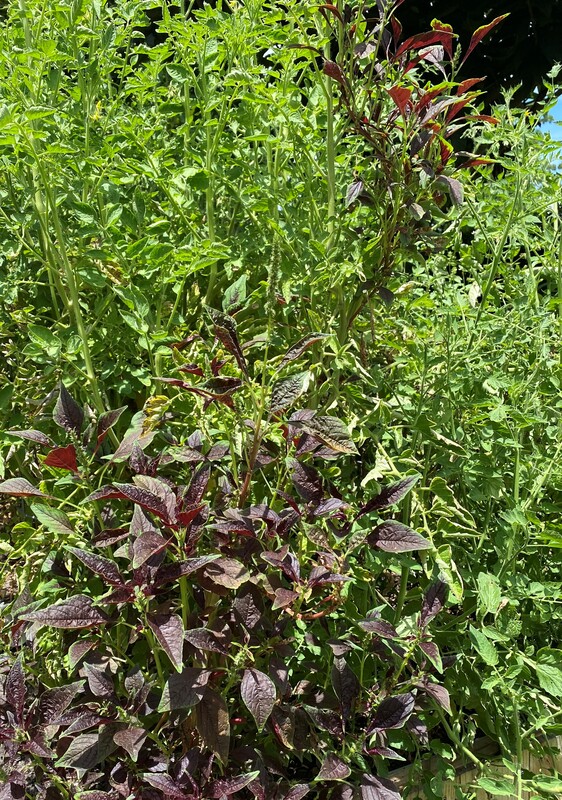
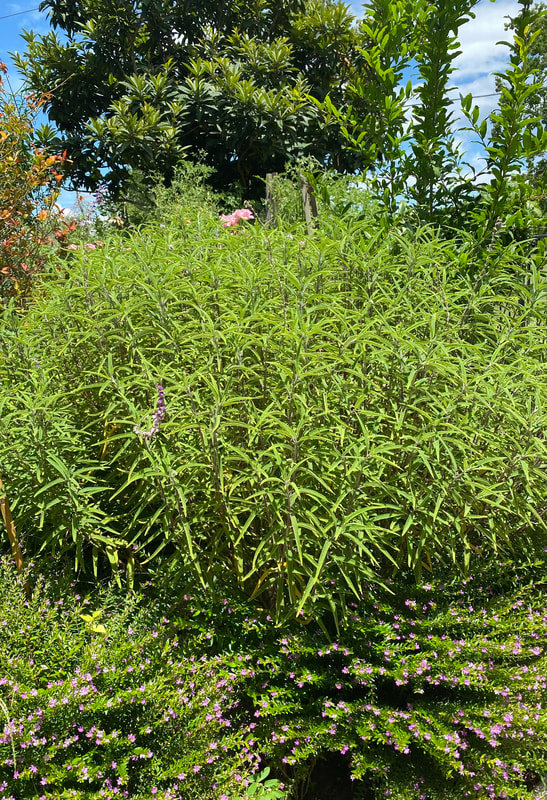
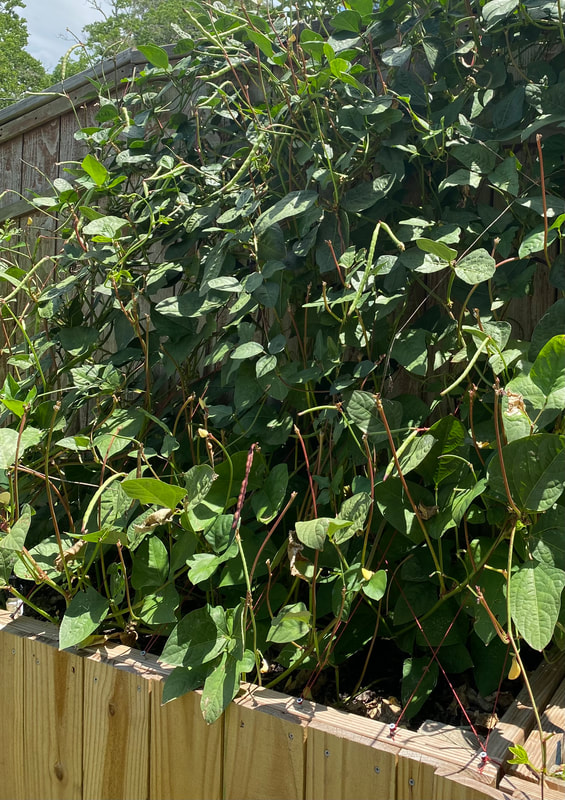
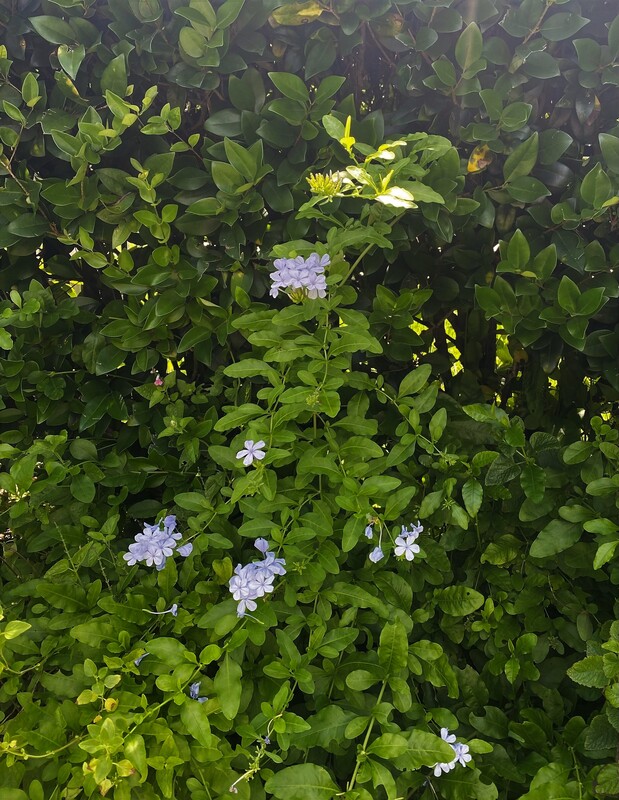
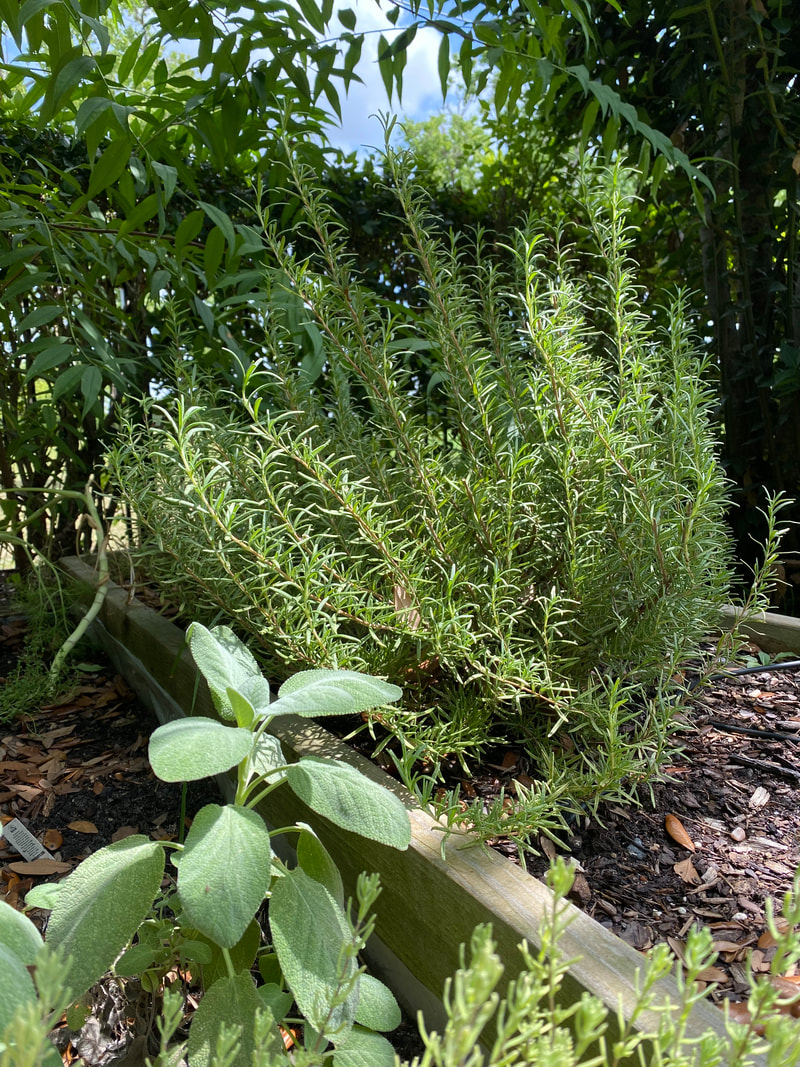
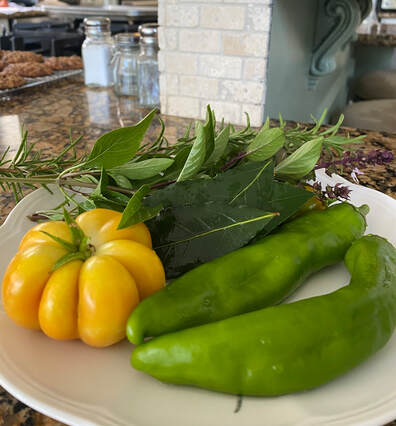
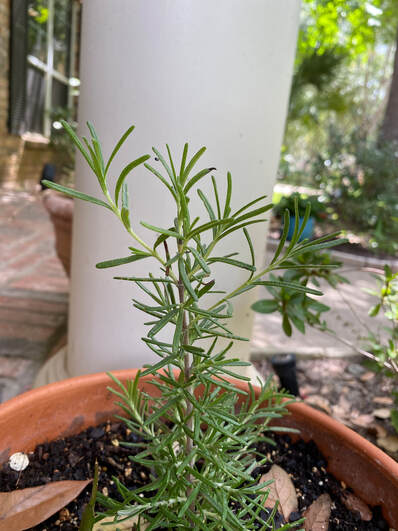
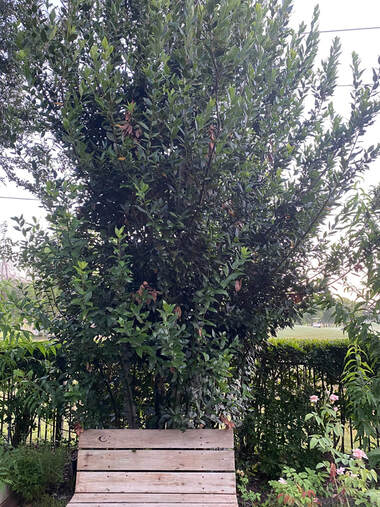
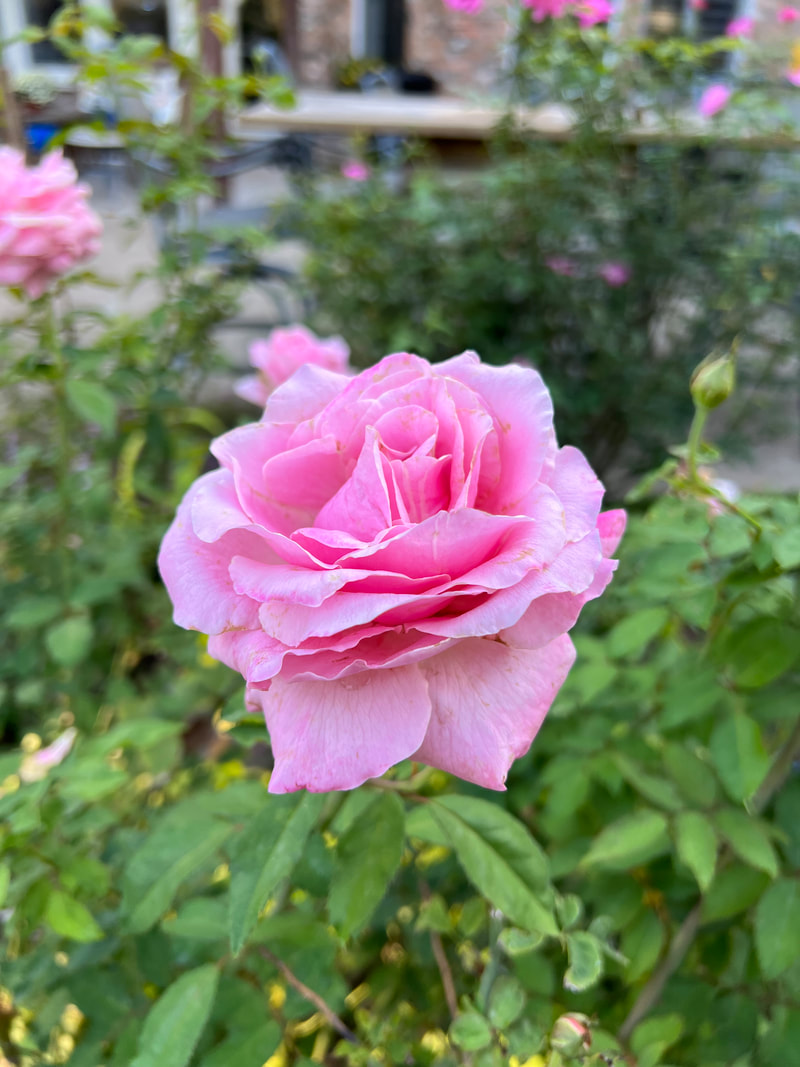
 RSS Feed
RSS Feed